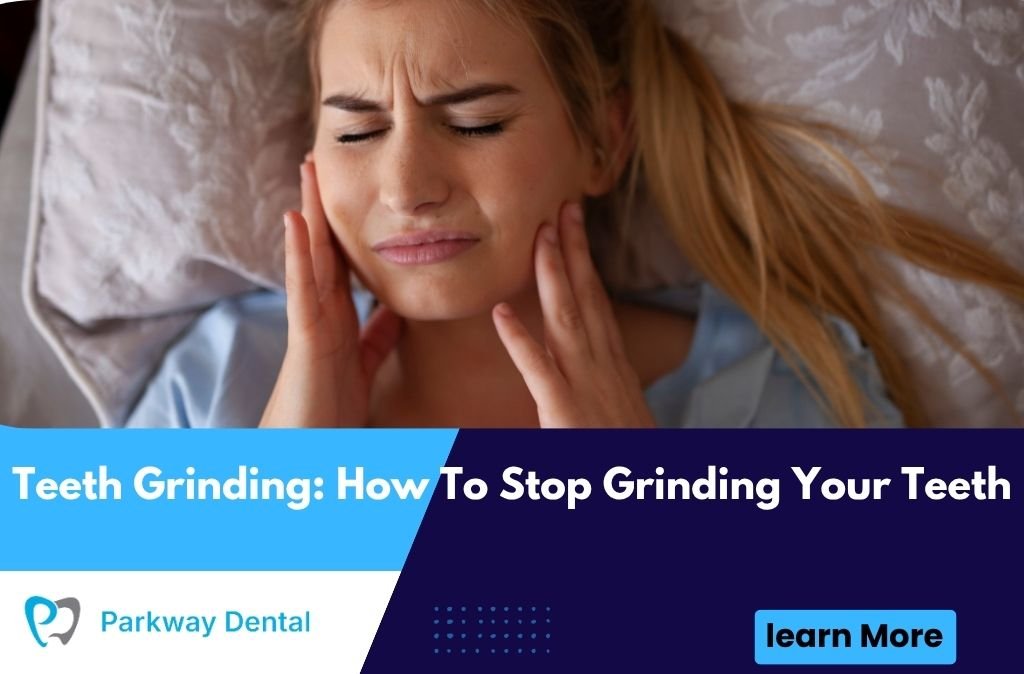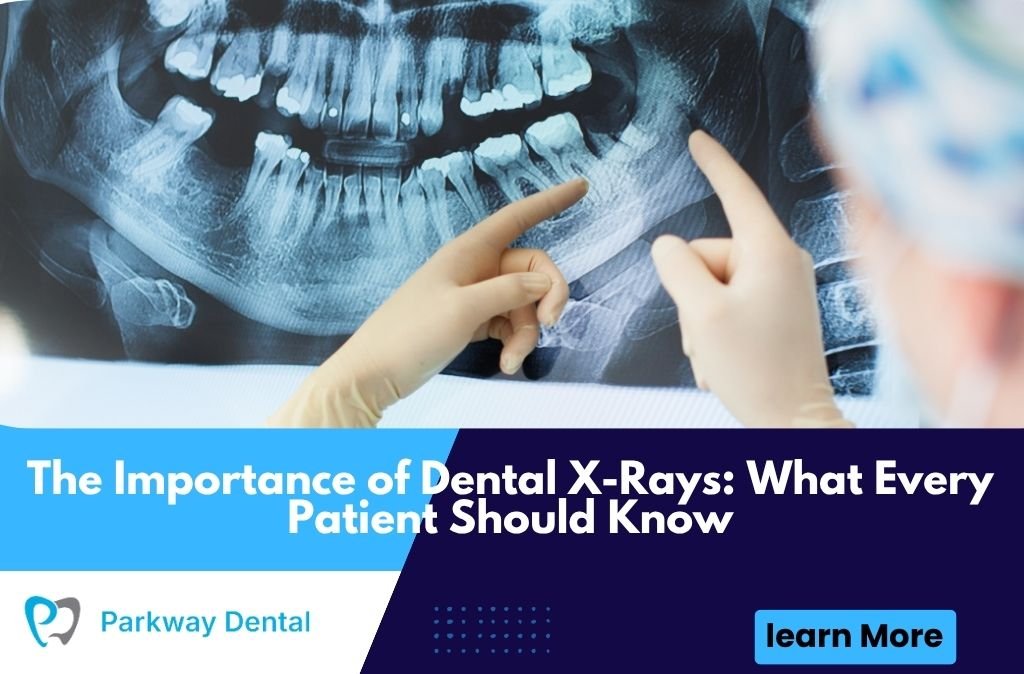Orthotropics is an emerging approach in pediatric dentistry that focuses on promoting proper facial growth and jaw development in children. Unlike traditional orthodontics, which primarily focuses on straightening teeth, orthotropics aims to address the root causes of dental and facial irregularities. This holistic approach can have significant benefits for children’s overall health and well-being. In this article, we’ll explore the key aspects of orthotropics, its differences from orthodontics, and why it’s becoming a popular choice for parents and dentists alike.
What is Orthotropics?
Orthotropics is a preventive and corrective treatment approach in pediatric dentistry that emphasizes the importance of correct oral posture and facial development. This treatment is particularly focused on guiding the growth of the jaws and face, ensuring proper alignment and function. Unlike traditional orthodontics, which often uses braces to move teeth into place, orthotropics seeks to correct the underlying issues that cause misalignment in the first place.
The primary goal of orthotropics is to create a balanced and functional facial structure. This involves ensuring that the jaws develop in the correct position, the tongue is in the right place, and the child breathes through their nose rather than their mouth. By addressing these fundamental issues, orthotropics can prevent a range of dental problems and improve overall health.
Orthotropics vs. Orthodontics for Kids
While both orthotropics and orthodontics aim to improve dental health, they differ significantly in their approaches and outcomes. Orthodontics typically focuses on straightening teeth using braces or aligners, without necessarily addressing the underlying causes of dental misalignment. In contrast, orthotropics takes a more comprehensive approach, focusing on jaw development and facial growth.
One of the key differences between the two approaches is the timing of treatment. Orthotropics is most effective when started at a young age, as it works with the natural growth patterns of the child. This early intervention can prevent the need for more invasive treatments later on. Orthodontics, on the other hand, can be applied at any age, but may require more complex procedures if underlying issues are not addressed.
Another difference lies in the treatment methods. Orthotropics uses appliances such as Myobrace or Biobloc to encourage proper jaw and facial development, whereas orthodontics typically relies on braces or aligners to move teeth into the desired position. The choice between orthotropics and orthodontics often depends on the specific needs and conditions of the child.
Benefits of Orthotropics in Child Dental Care
Orthotropics offers a range of benefits for children, making it an attractive option for parents looking for holistic dental care. One of the primary benefits is the promotion of proper jaw development. By guiding the growth of the jaws, orthotropics can help ensure that the teeth have enough space to emerge naturally, reducing the need for extractions or braces.
Another significant benefit is the improvement in breathing and overall health. Orthotropics encourages nasal breathing, which can reduce the risk of conditions such as sleep apnea and improve oxygenation during sleep. Proper breathing also supports better posture and reduces the risk of oral health issues such as cavities and gum disease.
Orthotropics can also positively impact a child’s appearance by promoting balanced facial growth. This can enhance facial aesthetics and improve self-confidence. Additionally, by addressing the root causes of dental and facial irregularities, orthotropics can provide long-lasting results and reduce the need for future dental work.
Orthotropic Treatment for Jaw Development
Jaw development is a crucial aspect of orthotropics, as the position and growth of the jaws significantly impact dental alignment and facial structure. Orthotropic treatment aims to guide the jaws into the correct position, ensuring that they grow in harmony with the rest of the face.
One of the primary tools used in orthotropic treatment is the Myobrace, a series of removable appliances that help correct poor oral habits and guide jaw development. These appliances work by encouraging proper tongue position, promoting nasal breathing, and aligning the jaws. The Myobrace is typically worn for a few hours a day and during sleep, making it a non-invasive and convenient option for children.
Another key aspect of orthotropic treatment is the emphasis on early intervention. The earlier the treatment begins, the more effective it is in guiding jaw development. Early treatment can prevent the need for extractions or braces and reduce the risk of more severe dental issues later in life.
Orthotropics and Facial Growth in Children
Facial growth is a complex process influenced by various factors, including genetics, nutrition, and oral habits. Orthotropics focuses on promoting natural and balanced facial growth by addressing these factors. One of the key components of facial growth is the development of the jaws, which plays a crucial role in the overall structure of the face.
Orthotropics emphasizes the importance of proper tongue posture, as the tongue acts as a natural support for the upper jaw. By ensuring that the tongue is in the correct position, orthotropics can help guide the growth of the jaws and prevent issues such as a narrow palate or an overbite. Additionally, promoting nasal breathing can support the proper development of the upper and lower jaws, leading to a more balanced facial structure.
Orthotropic treatment can also have a positive impact on facial aesthetics. By promoting proper jaw development and alignment, orthotropics can enhance the appearance of the face, giving children a more attractive and balanced profile. This can boost self-esteem and confidence, particularly during the critical years of childhood and adolescence.
Finding the Best Orthotropics Dentist for Kids
Choosing the right dentist for orthotropic treatment is crucial for ensuring the best outcomes for your child. When looking for an orthotropics dentist, consider the following factors:
- Experience and Training: Ensure that the dentist has specialized training and experience in orthotropics. This can include certifications or additional courses in the field.
- Patient Reviews and Testimonials: Look for reviews and testimonials from other parents and patients. Positive feedback can provide insight into the quality of care and results you can expect.
- Consultation and Assessment: A good orthotropics dentist will offer an initial consultation and assessment to determine the suitability of the treatment for your child. This is also an opportunity to ask questions and learn more about the treatment process.
- Treatment Approach: Ensure that the dentist uses a holistic approach that considers the overall health and well-being of your child. This includes addressing underlying issues such as poor oral habits and promoting healthy lifestyle choices.
- Comfort and Communication: Choose a dentist who makes your child feel comfortable and communicates effectively with both you and your child. This is essential for ensuring a positive experience and successful treatment.
How Orthotropics Works in Pediatric Dentistry
Orthotropics works by addressing the underlying causes of dental and facial irregularities, rather than just treating the symptoms. The treatment process typically involves a combination of appliances, exercises, and lifestyle changes designed to promote proper jaw development and facial growth.
One of the key components of orthotropic treatment is the use of appliances such as the Myobrace. These appliances are designed to correct poor oral habits, promote proper tongue posture, and encourage nasal breathing. By wearing these appliances for a few hours a day and during sleep, children can gradually develop healthier habits and improve their jaw alignment.
In addition to appliances, orthotropic treatment may involve exercises and lifestyle changes. These can include exercises to strengthen the tongue and facial muscles, as well as guidance on proper breathing techniques. The goal is to create a supportive environment for healthy growth and development, reducing the risk of dental and facial issues.
Orthotropic Treatment for Correcting Teeth Alignment
Teeth alignment is an important aspect of dental health, and orthotropics offers a unique approach to achieving proper alignment. Unlike traditional orthodontics, which focuses on moving teeth into the correct position, orthotropics aims to create the right environment for natural teeth alignment.
Orthotropic treatment for teeth alignment often involves the use of appliances that guide the growth of the jaws and ensure that there is enough space for the teeth to emerge naturally. This can prevent overcrowding and misalignment, reducing the need for braces or extractions. By addressing the root causes of misalignment, orthotropics provides long-lasting results and promotes overall dental health.
In addition to appliances, orthotropic treatment may include guidance on maintaining good oral hygiene and healthy habits. This can help prevent issues such as cavities and gum disease, which can impact teeth alignment and overall oral health. By promoting a holistic approach to dental care, orthotropics offers a comprehensive solution for achieving and maintaining healthy, aligned teeth.
The Importance of Early Intervention with Orthotropics in Children
Early intervention is a key principle of orthotropics, as it allows for the most effective and least invasive treatment. Starting orthotropic treatment at a young age can prevent the development of dental and facial issues, reducing the need for more complex procedures later on.
One of the main reasons early intervention is so important is that children’s jaws and facial bones are still growing and developing. By guiding this growth from an early age, orthotropics can ensure that the jaws develop in the correct position and that the teeth have enough space to emerge naturally. This can prevent overcrowding, misalignment, and other dental issues.
In addition to preventing dental problems, early intervention with orthotropics can also have a positive impact on overall health. For example, promoting nasal breathing can improve sleep quality, reduce the risk of sleep apnea, and support healthy brain development. Early intervention can also help children develop good oral habits, such as proper tongue posture and breathing techniques, which can have long-term benefits for their health and well-being.
Choosing Orthotropics for Your Child’s Dental Health
Orthotropics is a revolutionary approach in pediatric dentistry that offers a holistic solution for promoting proper jaw development, facial growth, and overall dental health. By addressing the root causes of dental and facial irregularities, orthotropics provides long-lasting results and reduces the need for invasive treatments. Whether you’re considering orthotropics for your child or looking to learn more about this innovative approach, it’s important to consult with a qualified and experienced dentist.
At Parkway Dental, we offer a range of dental services, including orthotropic treatment for children. Our team is dedicated to providing personalized care and helping your child achieve a healthy, beautiful smile. Contact us today to learn more about our services and how we can support your child’s dental health journey.







